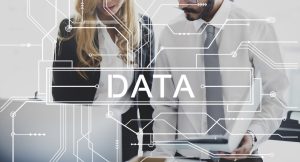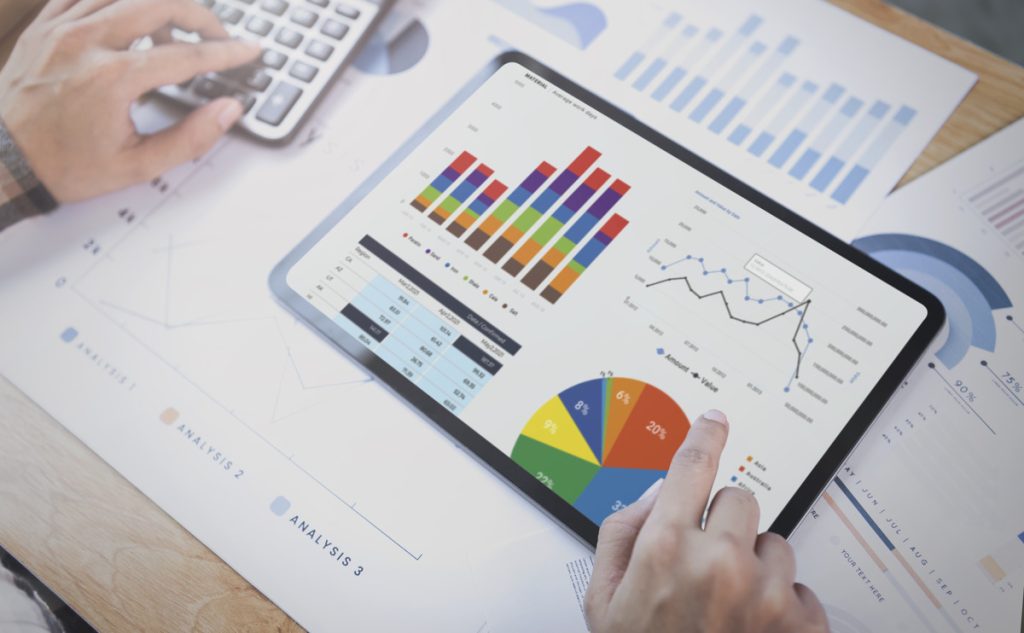What is Data Science?
Key Techniques in Data Science:
Clustering: Clustering targets at aggregation of similar data set points. In marketing it can be used to categorise customers by their buying behaviour, this will enable marketers to tailor their campaigns.
Machine Learning: Artificial intelligence enable machines to learn from data to make a prediction or make a decision on their own. It is common in recommendation systems and fraud detection systems as well as self-driving cars.
Applications Across Industries
Data science is disrupting healthcare in areas of analytics for predictive purposes and individualised practice, and patient benefits. For instance, machine learning models can assess the probability of occurrence of different diseases, through the analysis of data attained from sources such as social media, weather changes and people’s medical records.Predictive Analytics: Hospitals employ machine learning for risk stratification of patients and provide a timely intervention in case of deterioration of patients’ condition to decrease readmission rates.
Genomics: Genomic data requires data science in order to identify patterns to get information that can be used in personalized medicine meaning that treatments are determined considering the genetic information of the patient.
2. Gaming:
The use data science is helping the gaming industry develop better games that captivate the users. Through the analysis of the player’s behavior, firms are able to fine-tune the gaming mechanics, regulate the levels of challenge and therefore provide custom goods during game play.
Player Retention: Analyzing data in this case makes it possible for the developers to understand those characteristic that make players quit, or the ones that can be tweaked to enhance player retention.
Real-Time Analytics: In MOG’s it is possible to utilize the real time data analytics to bring together players with similar skills so that they will not only have a good experience but equally a fair one.
Facial recognition system, security and surveillance, medical imaging, and handwriting recognition are some of the fascinating topics of image recognition data science.Security: Biometric facial recognition systems employ data science to facilitate identification of individuals in real-time for boosting security systems in places of work and social intercourse.
Healthcare: Algorithms in data science assist radiologists in diagnosing diseases in medical imaging such as tumors detected in X-rays and MRI scans.
In the context of digital marketing, data science can enhance the kind of marketing that is done by aiming much more specific ads in accordance to consumers’ behavior, their preferences as well as their purchase habits.Personalization: Ad-targeting allows the regular advertisers to post highly appealing ads that are customized to give individual consumers value, and therefore gaining better views, engagement, and conversion.
A/B Testing: Data scientists utilize A/B testing of ad and landing pages for distinguishing which version of the ad is more effective in the enhancement of marketing techniques.
Fraud is another area that financial institutions use data science to prevent by pointing out different pathways and actions to be fraudulent.Anomaly Detection: It is for this reason that machine learning models are trained for normal transactions so that when a suspicion of a fraud transaction is seen, then there is an alarm sounded.
Risk Assessment: It helps to evaluate the credit worthiness of lending to an individual or a business so that credit facilities can be given to deserving individuals or companies by financial institutions.
The Data Science Lifecycle
The journey from raw data to actionable insights involves several critical steps, each requiring specialized skills and tools:The journey from raw data to actionable insights involves several critical steps, each requiring specialized skills and tools:

- Data Collection: Data acquisition; this could be data obtained from database, data acquired from API, data acquired from sensors or data acquired through web scrape. This data can be(schema or tabular) or non-schema(like text & images) data.
- Data Cleaning: A process of making the data more clean mostly entailing how to deal with the missing aspects of the data, how to rectify errors, and how to standardize the aspect of the data. Specifically, it is called ‘data preparation’ and is performed here because low quality data often turns into incorrect conclusions.
- Data Exploration: Analyzing and calculating the patterns, distribution of the data, and the interdependence of the various variables in the data set.
- Data Modeling: Using the algorithms to develop the models for the estimation and prediction of certain phenomena. This entails choosing the right algorithm for the model, the calibration of this model with past data, and lastly getting a confirmation on its efficacy.
- Deployment: Turning them into practice scenarios including using the model in actual environments like incorporating it with a web based application or in the case of business models, having it determine business processes.
- Monitoring and Maintenance: Therefore, it is important to perform further validation of the model and make adjustments as required in order not to lose relevancy.
Challenges in Data Science
While data science holds immense potential, it also comes with challenges that must be addressed:While data science holds immense potential, it also comes with challenges that must be addressed:
- Data Privacy and Security: Having a centralized system in which families monitor their members increasing amounts of personal data are gathered; hence, data privacy and security become crucial. When it comes to consequences it is possible to mention that violations of data protective measures are followed by certain penalties, such as financial losses and tarnished reputation.
- Data Quality: This means that in order to get accurate results from the data analysis then high quality data must always be used. However there are several issues that data scientist run into with regard to data they work with, some of these are:- Data quality, – where there are missing values, inconsistent data and even data bias.
- Scalability: Since data is vast, data science solutions must be expansionary in working with obviously large datasets. This is a complex process which needs a sophisticated helping of tools and infrastructures like distributed computing and cloud platforms.
- Skill Gap: Working in Data science, one needs to have math, stats, programming, and subject-matter expertise backgrounds. This set of skills can be a little difficult to come across and may result in a supply and demand issue in the professionals employment market.
Tools of the Trade
Data scientists employs many tools during data processing, analysis and visualization activities. Some of the
- most popular tools include:Some of the most popular tools include:
- Programming Languages: Python and R are famous in data science due to a massive number of libraries existing and because both are quite easy for producing results.
- Data Processing Tools: Apache Hadoop is known for dealing with large datasets, Apache Spark is also known for the same, but SQL is used for dealing with large and structured data.
Machine Learning Libraries: TensorFlow, scikit learn and PyTorch are the widely used frameworks for developing the machine learning models. - Data Visualization Tools: To make analysis comprehensible to the other stakeholders, there are other reporting tools such as Tableau, Power BI, and Matplotlib.
Relevance of Data scientist
Originally a data scientist can be described as a person who stands in a middle between business, IT, and analytics. They are expected to define intelligence gather from data and present it in the form of sound advices.
Key Responsibilities:
- Data Wrangling: Definition and preparation of raw data by making them clean and easily acceptable for analysis.
- Model Building: Using better machine learning algorithms for development of predictive models.
Result Interpretation: Examining the outputs of those models with the intent of drawing conclusions that may be beneficial in the management of a company. - Communication: Those involving communicating the results to relevant audiences and in a format that will make it easy for users to take action such as reports, dashbos, and visualisations.
- Mathematics and Statistics: Statistical knowledge is crucial for data analysis and modeling and thus it was laid from the start up.
- Programming: Knowledge of programming languages such as Python or R are mandatory for data wrangling and creating models.
- Domain Knowledge: Acquiring knowledge about the particular industry or business environment plays the vital role when it comes to data interpretation and recommendation making.
- Communication: The professionals become responsible for translating many concepts to people who do not necessary have a technical background, so communication skills are crucial.
For more insights into data science techniques like regression, clustering, and machine learning, visit our Data Science Techniques guide. Also, explore Harvard Business Review’s article on data-driven decision making to see how data science is shaping business strategies. These resources will deepen your understanding of data science’s role in technological advancements.
